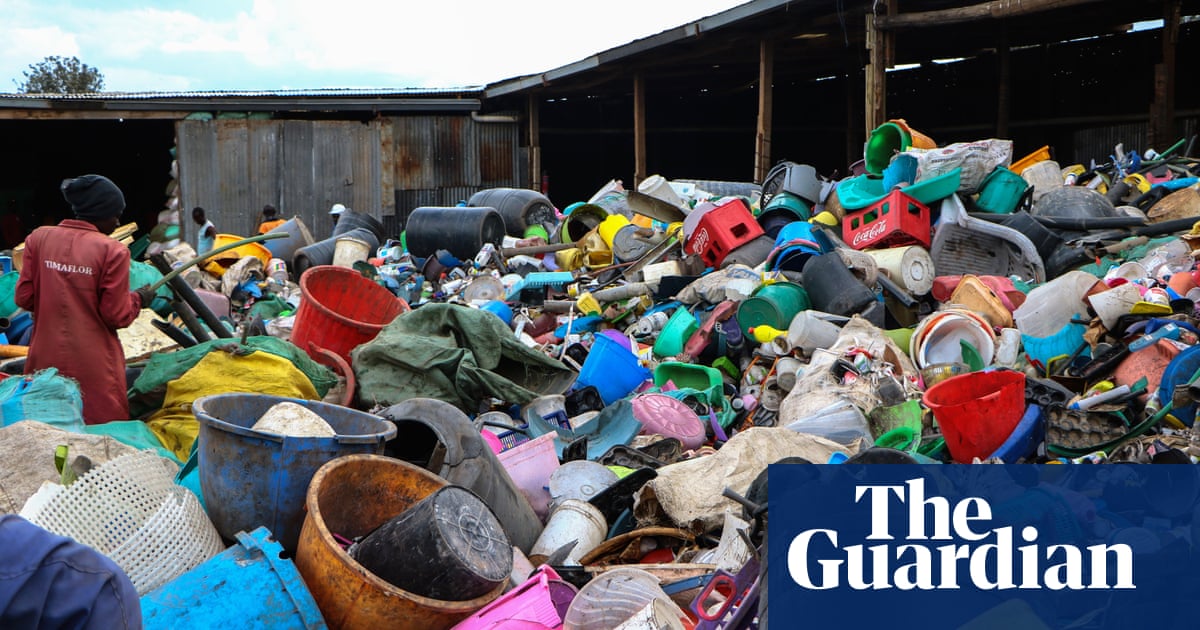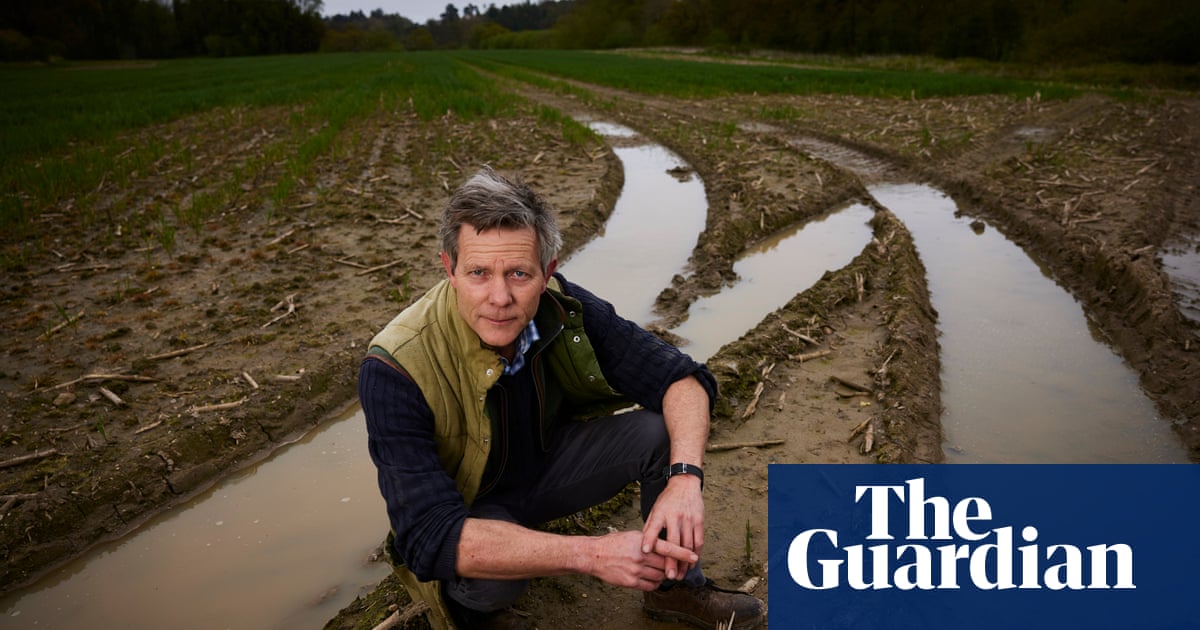Colorado farmer finds success with drought-resilient millet » Yale Climate Connections


About 100 miles from Denver, in the flat plains of northeastern Colorado, Nate Northup’s farm gets very little rain.
Northup: “Our annual precipitation is 12 to 15 inches at best.”
He farms thousands of acres with no irrigation, so he needs to choose crops that can tolerate the dry, arid conditions. One of those crops is millet.
Northup: “Millet, for those that don’t know, is just essentially the little white seed that you see in birdseed.”
Plenty of people eat it too. In some parts of the world, millet is a staple ingredient, hulled and cooked into porridge, or ground into flour.
And it’s gaining popularity in the U.S. as a gluten-free substitute for wheat flour or to add crunch to baked goods and bars.
The United Nations named 2023 the International Year of Millets — in part because the grain can thrive in areas experiencing more drought as the climate warms.
Northup can attest that it grows well in the warm and dry climate where he farms. He plants it in the summer, in fields where he grows wheat at other times of the year. He says it’s affordable to grow and matures quickly.
So he hopes to see growing consumer demand in the U.S. for millet — an unassuming grain that’s not just for the birds.
Reporting credit: Sarah Kennedy / ChavoBart Digital Media
We help millions of people understand climate change and what to do about it. Help us reach even more people like you.




